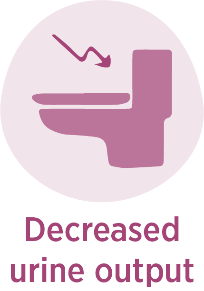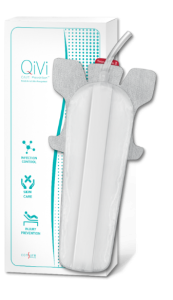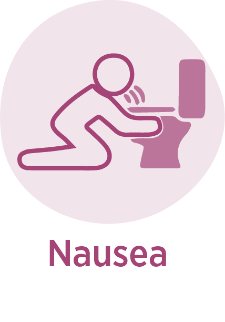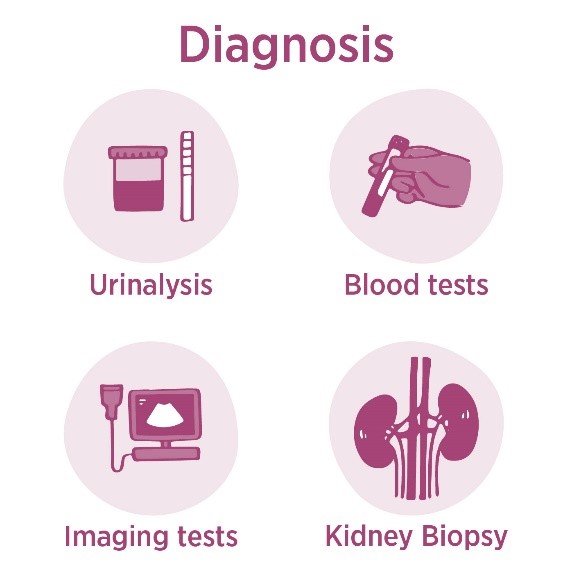AKI has an overall incidence of 20-50% in critically ill patients and is associated with a higher risk of death and prolonged hospital stays.
Acute kidney injury (AKI), also referred to as acute renal failure (ARF), is a sudden and rapid decline in kidney function that occurs over a short period, ranging from a few hours to a few days. This can result in a build-up of toxins in the bloodstream and an imbalance of fluid levels in the body. AKI can also have a negative impact on other organs, including the brain, heart, and lungs. It is a common issue among hospital patients, particularly those in ICUs and elderly individuals.
Symptoms of AKI may include decreased urine output, swelling in the legs or face, and changes in blood pressure or electrolyte levels. It is typically diagnosed by measuring creatinine levels in the blood chemical compound normally removed by the kidneys. Other tests, such as urinalysis, may also be conducted to assess kidney function. Treatment for AKI may include medications to protect the kidneys, dialysis to remove toxins from the blood, and addressing the underlying cause of the injury.
In some cases, AKI can lead to chronic kidney disease, which can have serious long-term consequences such as anaemia, heart disease, and nerve damage. However, with prompt diagnosis and treatment, many cases are reversible and do not lead to long-term complications.
Acute Kidney Injury (AKI) is a severe condition in the ICU that can lead to increased morbidity, mortality, length of stay, and additional costs. Studies have shown that AKI is a significant predictor of mortality in ICU patients, with rates ranging from 20-80%, depending on the severity of AKI. A study found that AKI increased the length of stay for patients by 3.5 days, increased the odds of death to 6.5 folds, and added $7,500 in excess hospital costs.
Symptoms of AKI due to incontinence
 With decreased kidney functionality, patients may not be able to produce enough urine. This can result in decreased urine output, or not being able to urinate at all. In moderate severity cases patients experience less than 0.5ml/kg/hr of urine output for 6-12 hours.
With decreased kidney functionality, patients may not be able to produce enough urine. This can result in decreased urine output, or not being able to urinate at all. In moderate severity cases patients experience less than 0.5ml/kg/hr of urine output for 6-12 hours.
When the kidneys are not functioning correctly, excess fluid can accumulate in the body, leading to edema. The accumulation of fluid can occur in various parts of the body. In addition to the swelling, other symptoms of fluid overload due to AKI may include shortness of breath, coughing, and weight gain.
When the kidneys are not functioning properly, waste products such as urea and creatinine build up in the blood, causing a condition known as uremia which has led to a range of symptoms, including nausea and vomiting.
The kidneys play a crucial role in maintaining overall health and energy levels. When they are not functioning properly, a person may feel tired and weak.
AKI can cause changes in the levels of electrolytes in the body, leading to confusion and disorientation. Electrolyte imbalances and changes in fluid levels can also affect brain function and cause confusion.
Diagnosis of Acute Kidney Injury
Acute kidney injury (AKI) is diagnosed through a combination of different diagnostic tests, including:
Urinalysis: This test measures the levels of protein, blood, and other substances in the urine, which can indicate AKI.
Blood tests: Blood tests can measure the levels of creatinine, a waste product that the kidneys normally filter out, and other substances that indicate kidney function. Elevated levels of creatinine can indicate AKI.
Imaging tests: Imaging tests such as an ultrasound, CT scan, or MRI can provide detailed images of the kidneys, which can help to identify any abnormalities that may be causing AKI.
Kidney biopsy: A kidney biopsy is a procedure in which a small sample of kidney tissue is removed and examined under a microscope. This can help to identify the specific cause of AKI, such as an infection or inflammation.
Major causes of Acute Kidney Injury
The mechanisms which can cause acute kidney injury in the ICU include:
Ischemia: Ischemia, or reduced blood flow to the kidneys, is one of the main causes of acute kidney injury (AKI). When the kidneys do not receive enough blood, they are unable to function properly and remove waste and excess fluid from the body. This can lead to a buildup of harmful substances in the blood and a decrease in urine output. The lack of blood flow can also cause damage to the delicate cells and tissues of the kidneys. Ischemic AKI can occur due to a number of factors, such as decreased blood pressure, a heart attack, or a blood clot in the renal arteries.
Sepsis: Sepsis can cause acute kidney injury (AKI) in the intensive care unit (ICU) through several mechanisms. These mechanisms include the release of pro-inflammatory cytokines, decreased blood flow to the kidneys, activation of the coagulation system, and direct tubular injury. The release of pro-inflammatory cytokines can lead to inflammation and damage to the kidneys. Sepsis can also cause decreased blood flow to the kidneys, activation of coagulation system, leading to ischemia and subsequent injury. Additionally, sepsis can cause direct tubular injury by the release of bacterial toxins and enzymes, which can cause direct damage to the renal tubules, leading to AKI.
Nephrotoxicity: Nephrotoxicity, or kidney toxicity, can cause acute kidney injury (AKI) by damaging the kidneys and reducing their ability to function properly. This can happen when certain medications, such as antibiotics and diuretics, are used in high doses or for prolonged periods. It can lead to inflammation, tubular damage and interstitial fibrosis which can cause AKI.
Urinary tract infection (UTI): Inadequate management of urinary incontinence can increase the risk of developing a UTI, which can lead to acute kidney injury. UTIs are caused by bacteria that enter the urinary tract and infect the bladder, urethra, or kidneys. When the infection spreads to the kidneys, it can cause inflammation and damage to the renal tissue. This can lead to a decline in kidney function and an increase in creatinine levels, which is a marker of kidney function.
Over 75% of all Urinary Tract Infections (UTI) acquired in hospitals are due to indwelling catheters. According to the Centers for Disease Control and Prevention (CDC), CAUTI is responsible for approximately 20% of all HAIs in the ICU. A study conducted by the National Healthcare Safety Network (NHSN) found that the incidence of CAUTI in the ICU was 11.4 per 1,000 catheter-days. The use of indwelling urinary catheter in patient care is associated with its increased rate. In addition to causing discomfort and prolonging hospital stays, it is also associated with increased risk of sepsis and death. Additionally, the infection is a leading cause of acute kidney injury by introducing bacteria into the urinary tract which can lead to inflammation, blockages, and sepsis. The infection can also cause obstructions in the urinary tract which can prevent the normal flow of urine, leading to build-up of waste and toxins that can cause further damage to the kidneys.

QiVi CAUTI Prevention Male External Urine Management Device
QiVi CAUTI prevention male external catheter is an excellent alternative to the traditional balloon catheters for urine containment. This urine management system reduces up to 75% of all hospital acquired urinary tract infections. The proprietary flow enhancing, hydrophobic pouch of the urinary system snugly contours the anatomy and keeps it dry, eliminates chances of skin maceration and incontinence associated dermatitis. A silicone-based adhesive keeps the device in place, and a suction tube that connects to a vacuum suction source diverts the urine away from the anatomy. Qivi male external urine management device has a universal fit design which makes it compatible with even retracted/inverted anatomy, the cranial suction tubing prevents Medical Device Related Pressure Injuries, and the non-absorbent material provides up to 99.6% accurate output measurement.







One reply on “Breaking Down Acute Kidney Injury: What You Need To Know”
Baddiehub Pretty! This has been a really wonderful post. Many thanks for providing these details.